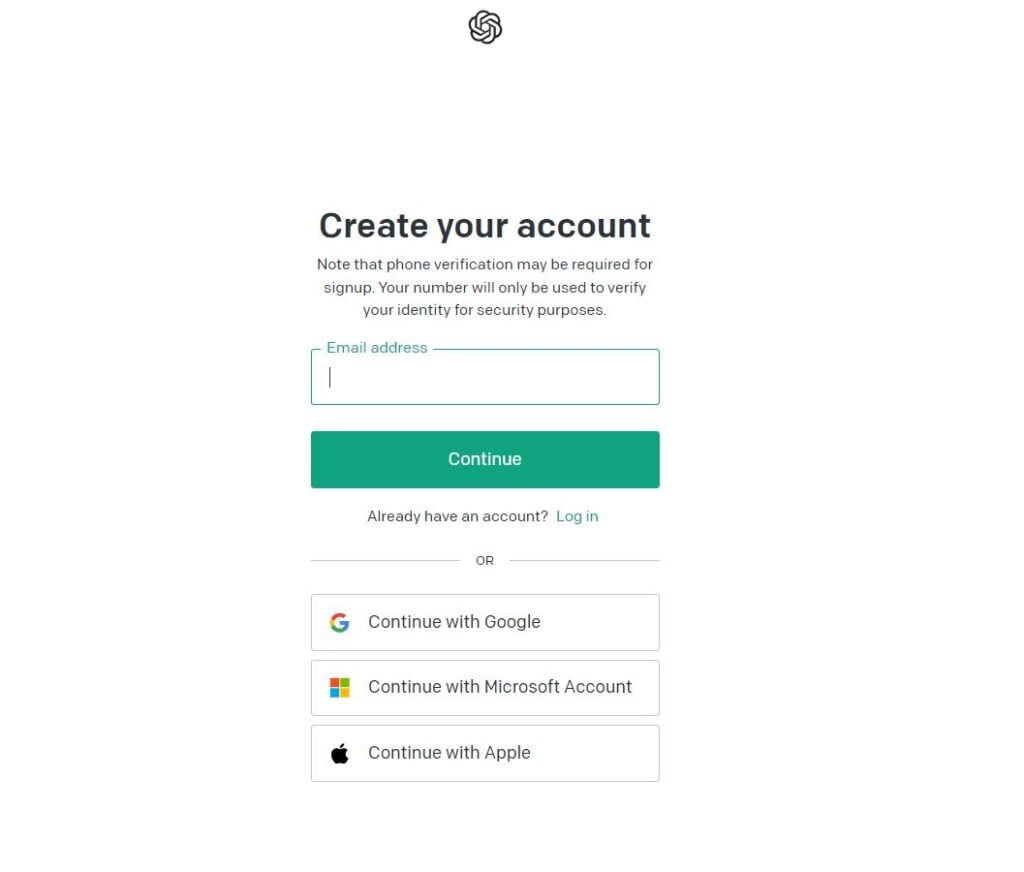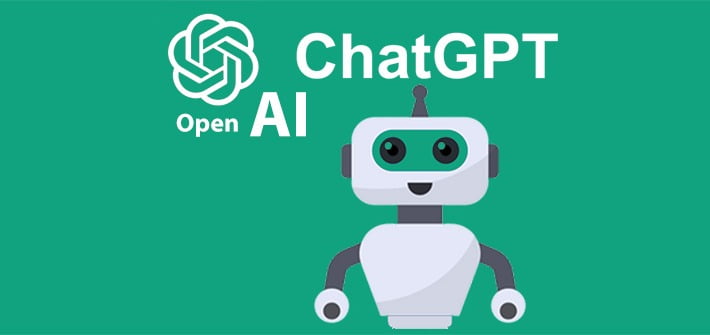In a world where efficiency and innovation are no longer optional, Chat GPT for businesses has emerged as more than just a buzzword—it’s a game-changer. This isn’t just another AI tool you sign up for and forget; it’s an intelligent system that adapts, learns, and evolves with your goals. Whether you’re exploring ChatGPT free online to test its potential, or diving headfirst into full integration with GPT-4, this technology is transforming how companies connect with customers, streamline operations, and build better digital experiences.
Gone are the days of robotic customer service and copy-paste content strategies. Now, with tools like ChatGPT-3.5, ChatGP4, and even specialized versions like Essay GPT and Math GPT, businesses have the power of conversational AI at their fingertips—without the heavy price tag. From early-stage startups to enterprise-level solutions, even platforms backed by investors like Sequoia are building the future on generative AI foundations.
But the big question remains: how do you use ChatGPT, and more importantly, how can you access it, integrate it, and truly make it work for your business—not just as a novelty, but as a daily digital partner?
In the sections ahead, I’ll walk you through everything—from how to use ChatGPT for free, to real-life generative AI examples and strategies to unlock its full potential. Whether you’re here to experiment or optimize, this guide is your gateway to the next generation of intelligent business.
Table of Contents
Understanding ChatGPT’s Value for Modern Businesses
In today’s fast-moving digital world, efficiency and personalization can make or break a brand. That’s where Chat GPT for businesses enters the scene—not just as a trendy tool, but as a game-changing force across industries.
Unlike traditional automation, ChatGPT leverages the power of generative AI to create text that feels human, relevant, and engaging. Whether you’re handling customer support, brainstorming new product ideas, or drafting content, using Chat GPT can streamline operations and spark creativity in ways humans alone can’t scale.
Why ChatGPT Matters in Business
So, how do you use ChatGPT in a practical, results-driven way? It begins with understanding that ChatGPT isn’t a one-size-fits-all chatbot. You can shape its tone, guide its responses, and align it with your brand voice. For startups and enterprises alike, this flexibility is invaluable.
Want to offer real-time support on your website? You can set up an online ChatGPT assistant that answers FAQs and resolves common issues without human intervention. Need help writing ad copy, technical documentation, or email campaigns? Just prompt it accordingly—and tweak the results until they’re pitch-perfect.
The best part? You don’t need to be a developer to get started. Learning how to use OpenAI tools is surprisingly straightforward. The platform offers guided experiences, and you can even use ChatGPT for free in many cases before scaling with a premium subscription. And if you’re mobile-first, you can download the ChatGPT app to manage conversations or content creation on the go.
Optimizing ChatGPT for Growth
Over time, with consistent use and smart prompt design, you can begin ChatGPT optimizing—refining its output so it becomes sharper, more relevant, and truly integrated into your business processes. Whether it’s handling customer interactions or summarizing reports, the more you use it, the better it fits your workflow.
In short, ChatGPT isn’t just software. It’s a silent business partner—ready to write, research, support, and scale with you.

How to Access and Set Up Chat GPT for Businesses
Getting started with Chat GPT for businesses doesn’t require a team of engineers or a six-figure budget. In fact, one of the best things about ChatGPT is how accessible it is—even to small businesses, solo entrepreneurs, and startups looking to scale smartly.
1. Create Your OpenAI Account
Begin by heading over to the official OpenAI website. Setting up your account is simple—just a few clicks, and you’re ready to explore the potential of using Chat GPT. Whether you’re testing it out with a free ChatGPT online version or planning to dive deeper through paid plans, OpenAI provides flexibility that suits every business size.

2. Explore Subscription and API Options
OpenAI offers several plans—from basic access to premium features tailored for commercial use. If you’re aiming to build a scalable AI assistant or embed ChatGPT into your own platforms, consider getting API access. This is especially powerful for developers or teams integrating ChatGPT startups into SaaS products or e-commerce sites.
With API integration, you can:
- Automate support systems
- Build intelligent virtual agents
- Offer AI-powered tools like essay GPT or math GPT to users
3. Download the ChatGPT App for Mobile Convenience
Running a business today means staying productive on the move. That’s where the ChatGPT app download becomes incredibly handy. Available on iOS and Android, this app ensures your team can brainstorm, generate content, or troubleshoot tasks from anywhere. It’s a great way to keep generative AI examples in action even when you’re away from your desk.
4. Test and Train for Your Unique Needs
Every business is different—what works for an AI-powered e-learning startup won’t necessarily work for an online fashion retailer. That’s why it’s crucial to experiment. Learn how to use ChatGPT for free, try different prompts, and train the model to speak your brand’s language.
You can start with simple queries like:
- “Write a product description for eco-friendly travel gear”
- “Summarize this investor pitch in 3 bullet points”
- “Generate 5 responses to common customer complaints about delayed shipping”
With repeated use and smart prompt structuring, you’ll move into ChatGPT optimizing—refining the model’s performance and efficiency.
💡 Pro Tip:
If you’re not sure how do you use ChatGPT for a specific goal, ask it directly. The model can suggest how best to apply its features, whether it’s for HR automation, marketing copy, or technical documentation.
Chat GPT for businesses is more than just a chatbot. It’s a scalable, intuitive, and powerful assistant that adapts to your workflow and grows with your vision. From creative writing to customer service and data analysis, it opens doors to efficiency, innovation, and growth—without sacrificing authenticity.
Real-World Applications of Chat GPT for Businesses
In today’s fast-evolving digital landscape, AI isn’t just a buzzword—it’s a competitive advantage. Companies that are integrating Chat GPT for businesses are already seeing tangible benefits across industries, from cutting costs to accelerating innovation. Let’s take a look at how businesses are putting ChatGPT to work in real-world scenarios.
1. Customer Support Chatbots
One of the most common use cases for Chat GPT for businesses is in customer service. By leveraging AI-powered chatbots, companies are reducing response times, cutting down on support costs, and keeping customers happier than ever.
Instead of hiring a massive support team, businesses can implement ChatGPT-based bots that handle:
- Frequently asked questions (FAQs)
- Order tracking inquiries
- Technical troubleshooting
- Basic returns and refunds
The key advantage? These bots are not only fast—they’re also context-aware, polite, and capable of handling multiple conversations simultaneously.
2. AI-Powered Content Creation
If you’re running a startup or a small business, you likely wear many hats. That’s where chat gpt for businesses truly shines. From writing blog posts and social media captions to crafting detailed product descriptions or pitch decks, ChatGPT works as your 24/7 copywriting assistant.
Combined with other tools like essay GPT, it can help generate persuasive, SEO-optimized content in minutes—saving you hours of manual work.
3. Sales and Lead Generation
Imagine having an intelligent assistant that can qualify leads, send introductory emails, and follow up—without human supervision. That’s not science fiction anymore. With proper prompt engineering, you can train ChatGPT to:
- Identify high-quality leads
- Respond to inquiries in real time
- Generate customized messages based on industry or client needs
This level of automation allows sales teams to focus more on closing deals rather than chasing cold leads.
4. Internal Automation and Employee Tools
Beyond external use cases, many companies are implementing chat gpt for businesses internally. HR departments use it to draft policy documents, IT teams use it for troubleshooting guides, and finance teams rely on it to summarize reports or generate quick analyses.
Integrating ChatGPT into Slack, Microsoft Teams, or internal dashboards can significantly boost productivity while reducing the cognitive load on employees.
Don’t Confuse ChatGPT With Just Any Chatbot
While it might seem like ChatGPT is “just another chatbot,” the truth is—it’s much more. Traditional chatbots are rule-based and limited in scope. ChatGPT, on the other hand, is dynamic, conversational, and continually learning. It understands context, adapts its tone, and can perform complex tasks far beyond scripted answers.
That’s why it’s rapidly becoming the go-to choice for businesses investing in generative AI.
In short, the practical uses of Chat GPT for businesses go far beyond simple conversations. Whether you’re building a brand, scaling operations, or managing daily tasks, ChatGPT offers the intelligence, speed, and flexibility that modern enterprises demand.
Conclusion
In a world where efficiency, scalability, and innovation drive success, Chat GPT for businesses stands out as a true game-changer. It’s no longer just a futuristic concept—businesses today are already reaping the rewards of integrating AI into their daily operations.
From enhancing customer support with intelligent chatbots, to generating high-quality content and streamlining internal processes, ChatGPT offers real, measurable value. It’s affordable, accessible, and adaptable to virtually any industry—from startups to enterprise-level corporations.
As AI tools like ChatGPT continue to evolve, companies that embrace them early will gain a clear competitive edge. Whether you’re looking to cut costs, boost productivity, or deliver better user experiences, chat gpt for businesses is no longer optional—it’s essential.



